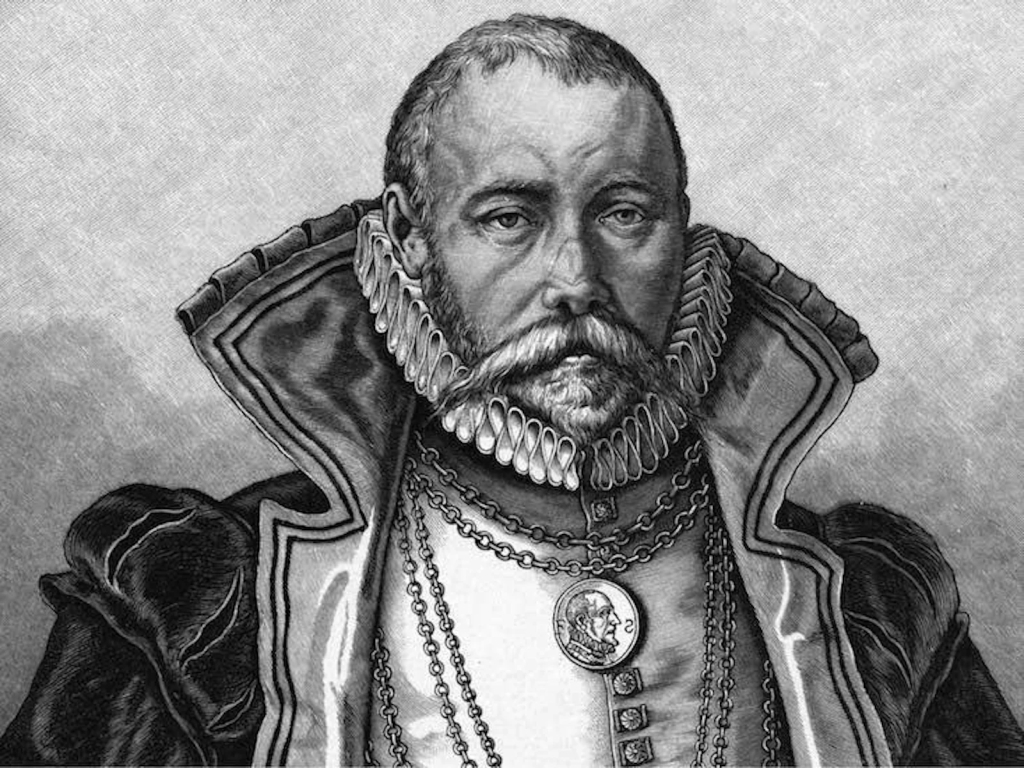TYCHO BRAHE (1546-1601):
Tycho Brahe is most famous for making the best observations of stars and planets in his era. He did this at a time without a telescope so he provided the most accurate empirical data of celestial bodies at the time. His documentation of planetary positions helped lead Johannes Kepler to create his laws of planetary motion. Brahe also held a geo-heliocentric view of the universe.
ELIZABETH I:
In 1558 Elizabeth I became queen. This marked the start of the Elizabethan Age, a period known for its positive changes in England. Elizabeth I helped create a more peaceful and united England especially through the resolution of religious conflicts. By the end of her rule Elizabeth I had left England a much more powerful and wealthy country.
THE SPANISH ARMADA:
In 1588 Spain sent a fleet to invade England. This fleet is known as the Spanish Armada. The invasion failed when the english navy, with better tactics and faster ships, defeated them. This was a very important event as it marked a turning point for military power in Europe, shifting the needle towards England.
WILLIAM SHAKESPEARE (1564-1616):
Shakespeare is, if not the best, the most famous writer in the English language. His works continue to profoundly influence English literature and drama. His plays explored fundamental aspects of humanity and its desires which have helped his works remain relevant throughout the centuries.
MY REFLECTION:
Tycho Brahe existed at a time when there were major shifts of power and culture in Europe. It also seems to me that Brahe was responsible for a mirrored shift in the quality of astronomy. His findings, without the telescope, were revolutionary for the time and inspired many of the foundational astronomical concepts used today. I also find it fascinating how this is reflected in Shakespeare’s work. Shakespeare frequently uses imagery related to astronomy and the night sky. I immediately thought of the line from Hamlet
“Doubt thou the stars are fire;
Doubt that the sun doth move;
Doubt truth to be a liar;
But never doubt I love.”
These are literal references to astronomical theories. This is not only a beautiful use of celestial imagery, but also indicative of the era’s shift towards a more scientific understanding of space and the cosmos. Examples like this serve as a reminder of how art and science are often more connected than we think.
